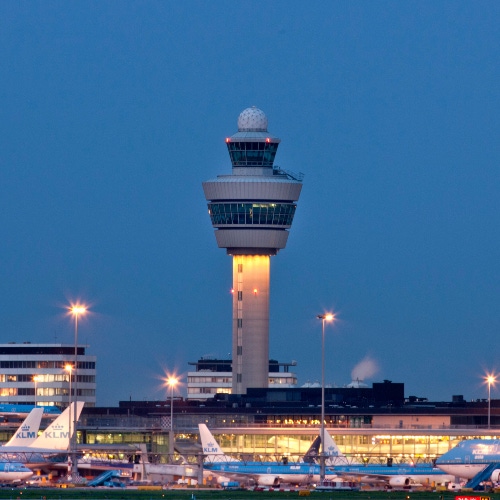5G may still affect airline travel this summer
'There's a real risk of delays or cancellations,' according to Transportation Secretary Pete Buttigieg. At issue is the ongoing dispute between the US wireless industry and airline industry.

The wireless industry and the airline industry in the US have been engaged for years now in a careful game of brinkmanship over the rollout of 5G. And, according to the US Secretary of Transportation, the situation may end up affecting some airline traffic later this summer.
"There's a real risk of delays or cancellations," Transportation Secretary Pete Buttigieg told The Wall Street Journal this week. "This represents one of the biggest – probably the biggest – foreseeable problem affecting performance this summer."
However, it's not clear exactly how many flights might be rerouted or canceled. The publication reported that more than 80% of domestic US aircraft and around 65% of international aircraft flying in the country have received upgrades that can prevent interference between 5G and aircraft altimeters, according to Buttigieg. Those figures could change over the next few weeks as technicians continue to work to upgrade additional aircraft before a July 1 deadline.
Regardless, Buttigieg appears to be holding firm on his promise earlier this year to stick to that July 1 deadline. That's the date when US wireless network operators can begin broadcasting their 5G signals across C-band midband spectrum near more than 100 US airports. Those transmissions could interfere with some older aircraft altimeters – thus forcing airline operators to upgrade their equipment.
Footing the bill
According to an estimate from the Federal Aviation Administration (FAA) earlier this year, it will cost airline operators just $26 million to upgrade older altimeters to newer ones that aren't affected by 5G transmissions in C-band spectrum. However, the International Air Transport Association (IATA) subsequently said the cost will be more like $637.6 million.
Regardless, that price tag is still a tiny fraction of the roughly $95 billion that Verizon, AT&T, T-Mobile and others spent on C-band spectrum during an FCC auction in 2021. It's also far less than the $13.9 billion that satellite operators including SES and Intelsat are getting to modify their operations to make room for 5G in the C-band.
The heart of the problem though is that airline operators and US regulators didn't sufficiently account for the potential of 5G operations in C-band spectrum to affect aircraft altimeters. The result was a major public spat between the US wireless industry and the US airline industry at the beginning of 2022, when Verizon looked to launch its 5G network in C-band spectrum near some US airports.
As a result of the airline industry's concerns, Verizon and other operators pledged to delay the launch of their C-band networks near airports for roughly 18 months. And they also agreed to additional tweaks to their networks to account for the situation. But Buttigieg and other FAA officials agreed that airline operators needed to have some upgrades in place by July 1 – a date that's rapidly approaching.
According to the WSJ, United Airlines and Southwest Airlines believe their entire fleets will be ready for that July 1 deadline. But Delta Air Lines and JetBlue may still have aircraft with outdated altimeters – in which case they may work to reroute select aircraft to other destinations where they won't cause troubles. Meanwhile, aircraft suppliers like Airbus, Boeing and others will continue to upgrade their remaining aircraft with new altimeters.
Related posts:
— Mike Dano, Editorial Director, 5G & Mobile Strategies, Light Reading | @mikeddano
About the Author(s)
You May Also Like












